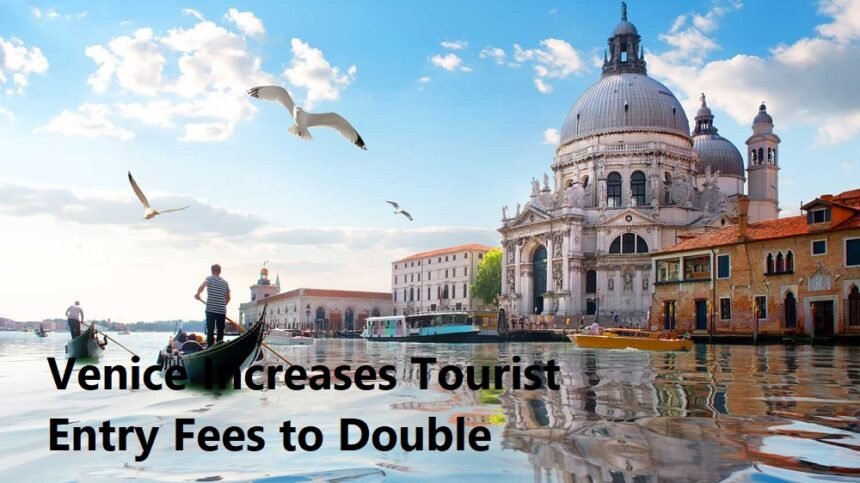In a significant move aimed at preserving its cultural heritage and managing the impact of mass tourism, the city of Venice has announced an increase in entry fees for tourists, doubling the current charges. This decision, which will come into effect in the forthcoming tourist season, reflects the ongoing challenges that iconic cities face in balancing tourism with the protection of their unique environments and historical sites.
Venice, renowned for its intricate canal system, stunning architecture, and rich history, has long been a magnet for travelers from around the globe. In recent years, however, the influx of visitors has intensified, leading to overcrowding, environmental degradation, and a strain on local resources. The city’s administrative body has expressed growing concerns over the sustainability of its tourism model, highlighting that the sheer volume of tourists often detracts from the experience of both visitors and residents alike.
The decision to double the entry fee is part of a broader strategy to regulate tourist numbers and enhance the quality of the visitor experience. By imposing a higher cost for entry, the city aims to discourage daytrippers who typically flock to Venice without contributing significantly to the local economy. Instead, the focus will be on attracting visitors who are more likely to engage with the city’s culture and history over a longer duration, thereby fostering a more sustainable tourism framework.
Local officials argue that the increased revenue from entry fees will be allocated toward the preservation of Venice’s notable landmarks, such as the Basilica di San Marco and the Rialto Bridge, as well as the maintenance of the city’s delicate ecosystem. Initiatives are being planned to address the erosion of the historic site due to the rising sea levels exacerbated by climate change. The funds generated from the new fees could also support improvements in public transportation and infrastructure, further enhancing the experience for both locals and tourists.
Critics of the fee increase have raised concerns about the implications for accessibility, particularly for families and budget-conscious travelers who may be deterred by the higher costs. It is crucial for the city to strike a balance between revenue generation and preserving Venice’s status as an inclusive tourist destination. Policymakers must consider implementing discounts or exemptions for students, families, and residents of the European Union to ensure that the city remains accessible to a diverse range of visitors.
Internationally, this move aligns with a growing trend among popular tourist destinations seeking to manage overtourism through strategic measures. Cities such as Barcelona and Amsterdam have introduced similar policies aimed at regulating tourist flows and preserving the unique character of their locales. These precedents highlight a paradigm shift in the tourism industry, where sustainability and community welfare are taking precedence over unchecked growth.
The city of Venice stands at a critical juncture as it navigates the complex interplay between heritage conservation and tourism management. Doubling the entry fee may serve as a pivotal step in fostering a more sustainable approach to tourism, allowing Venice to retain its allure while safeguarding its cultural and environmental integrity. The effectiveness of this strategy will depend on the city’s ability to manage the expected revenue, engage local communities, and continually adapt to the evolving dynamics of global travel.
In conclusion, while the decision to increase entry fees for tourists in Venice may face some opposition, it represents a necessary measure in the quest for sustainable tourism. By prioritizing the preservation of its unique heritage and managing the impact of mass tourism, Venice seeks to remain a vibrant, welcoming destination for generations to come. As the city implements this policy, it will serve as a case study for other tourist hotspots grappling with similar challenges in the realm of sustainable tourism.











